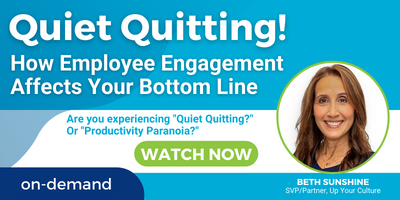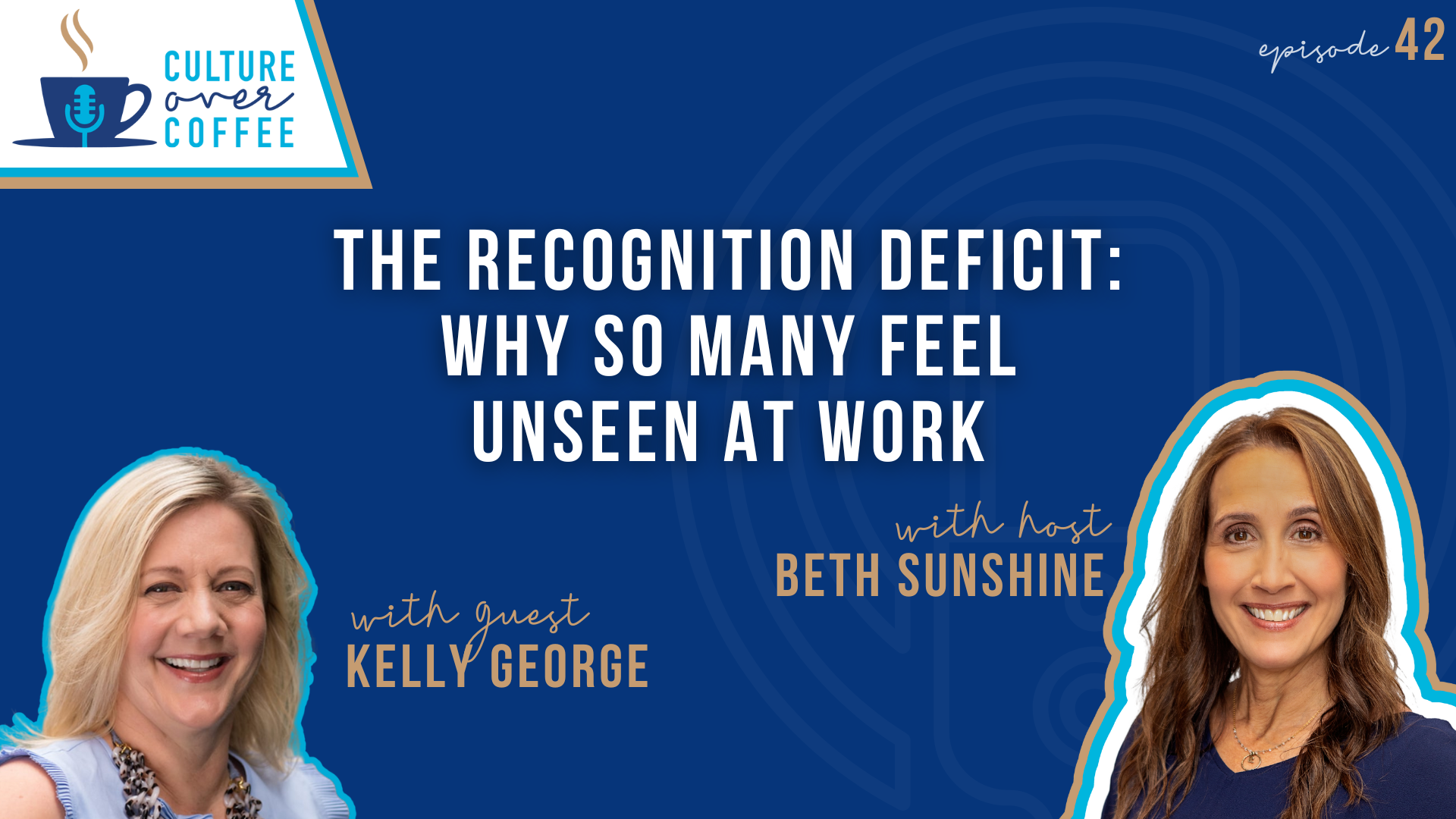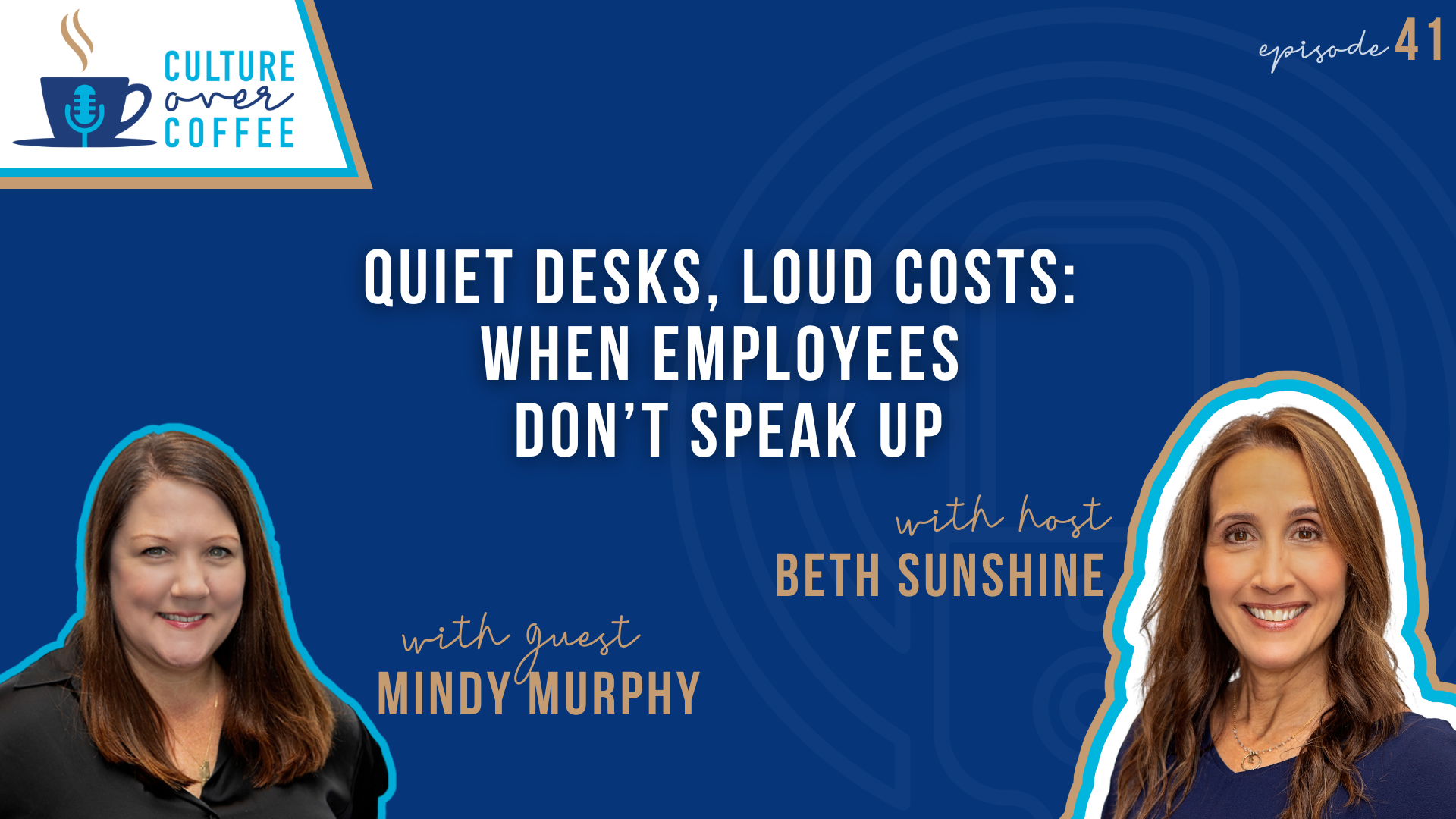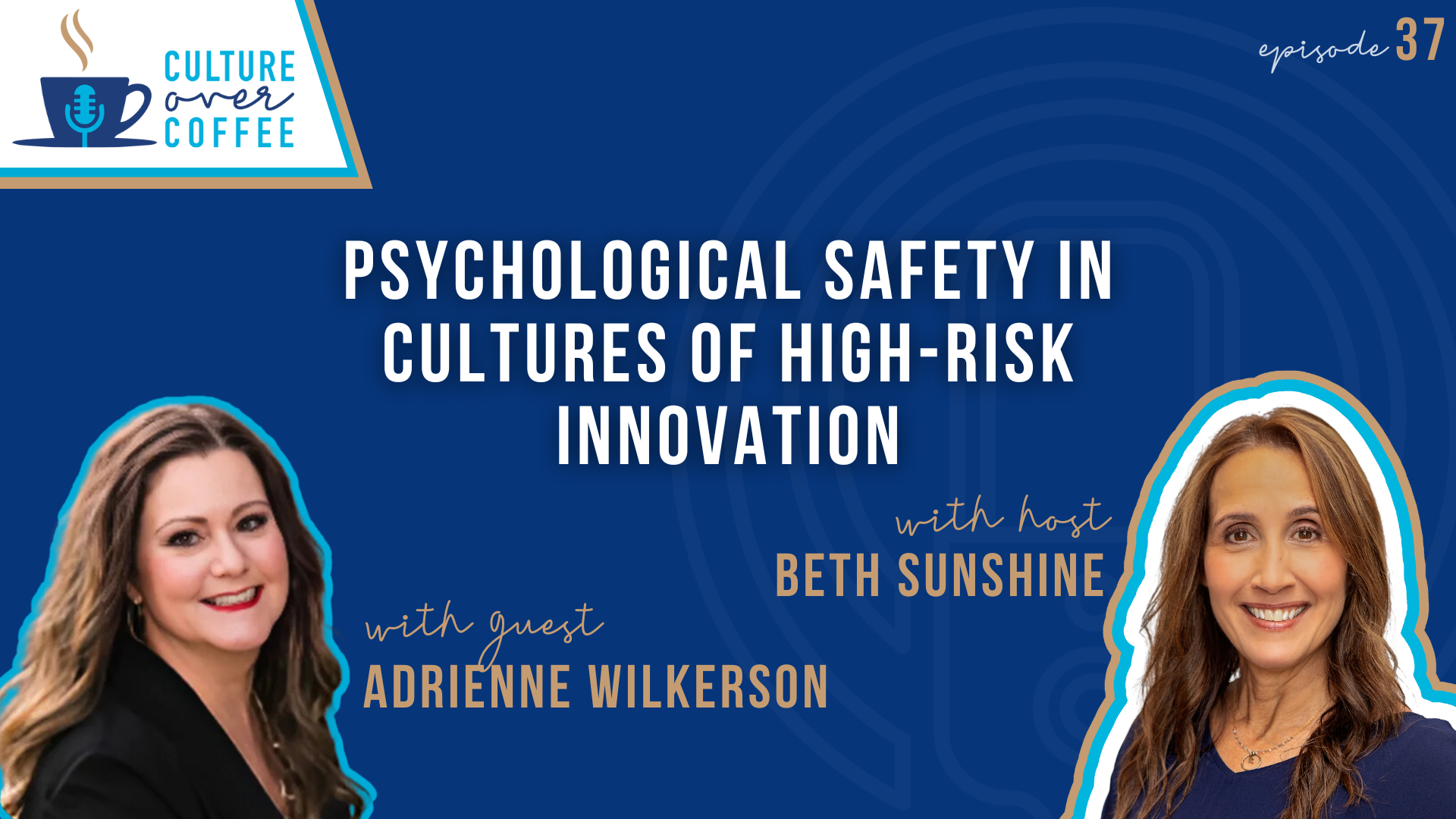
Psychological safety is a buzz phrase you may have been hearing a lot about recently. But what exactly is psychological safety, and why is it important for success in business?
Dr. Amy Edmondson, a professor at Harvard Business School, describes psychological safety as “a climate in which people are comfortable being (and expressing) themselves.”
When people feel psychologically safe, they are more likely to:
- Trust in their leaders
- Collaborate more freely with others
- Implement diverse ideas
- Drive high performance by taking some risks
- Express themselves freely without fear of failure
- Be more engaged in the work
- Stay longer with a company
Feeling Psychologically Safe at work
Knowing you are free to share your thoughts and opinions without criticism provides a feeling of importance and meaning. When you can share ideas that you feel are beneficial and would add value to the company, you are more likely to keep those thoughts flowing. Imagine the benefits your company could have with this environment.
Recently, Starbucks’ Howard Shultz came out of retirement to help the company as it was struggling. His stint was short but invaluable. During his third time as CEO, he spent time talking with employees about their struggles and concerns. He created an environment where people felt comfortable sharing their thoughts so he could learn more. What he uncovered was powerful and will lead to company growth.
These conversations led to discovering that a new system of blenders may help their “partners” (Starbucks employees) do their job better. Sounds simple, but this change will make an impact on the high demand for iced drinks that has risen higher than expected over the last few years. Imagine how much frustration could be lowered with both “partners” and customers if the process could move faster.
This finding is huge and may not have been addressed if he didn’t listen or if people didn’t feel safe sharing ideas with him. He created a psychologically safe space and uncovered a way to grow their business along the way. They spoke, he listened, and then took action.
Ask yourself if you are creating this type of environment for your employees.
- Do they feel comfortable speaking their mind?
- Do they feel they can take moderate risks?
- Are they comfortable challenging concepts?
- Is their creativity recognized?
This is all about the ability to give candid feedback, admit to mistakes, and learn from each other without fear of being judged. Innovation and advancement happen when this environment is fostered in companies.
5 Ways to Keep Psychological Safety Intact
When tough situations occur, though, or when difficult conversations need to happen, there are five things you could think about to keep psychological safety intact:
1. Approach conflict as a collaborator, not an adversary. When your team wins, a natural response of accomplishment occurs. However, with perceived loss, criticism and finger-pointing may happen, which creates helplessness. Ask yourself and encourage others to ask, “How could we achieve a mutually desirable outcome?” or “What ideas do you have to make this turnaround and improve our situation?”
2. Speak human to human. Use empathy and put yourself in their shoes. Consider that this person has beliefs, hopes, anxieties, opinions, people who love them, want to feel respected, and appreciated, and long for happiness, just like you. Speak to them with the compassion you would expect others to have with you.
3. Anticipate reactions and plan countermoves. Think ahead about how others may react to your content. Will they feel attacked? Will their ego be deflated? Ask yourself: What are my main points? What are three ways my listeners are likely to respond? How would I respond to these scenarios?
4. Replace blame with curiosity. Research shows that blame and criticism reliably escalate the conflict, leading to defensiveness and — eventually — disengagement. The alternative to blame is curiosity. If you believe you already know what the other person is thinking, then you’re not ready to have a conversation. Consider stating a problem as an observation using a neutral tone. Engage them in exploring solutions together and ask for solutions.
5. Ask for feedback on your delivery. This may not be easy for you, but remember, when you let down your guard, it allows others to feel they can as well. You could ask: What worked and what didn’t work in my delivery of our conversation? How did it feel to hear this message? How could I have presented this more effectively? Once they share, make sure to thank them for their input.
One way to keep your employees engaged in their jobs and willing to give their best for your company day in and day out is to create an environment where they feel safe to share their thoughts, ideas, and opinions. If you make this a priority, you may uncover the “blender” that is missing in your company that could lead to profits in the future.










Leave a Comment